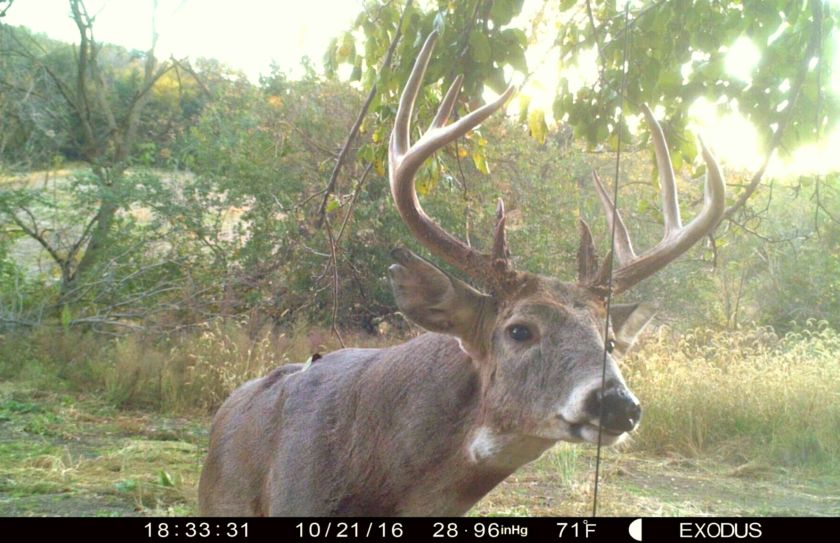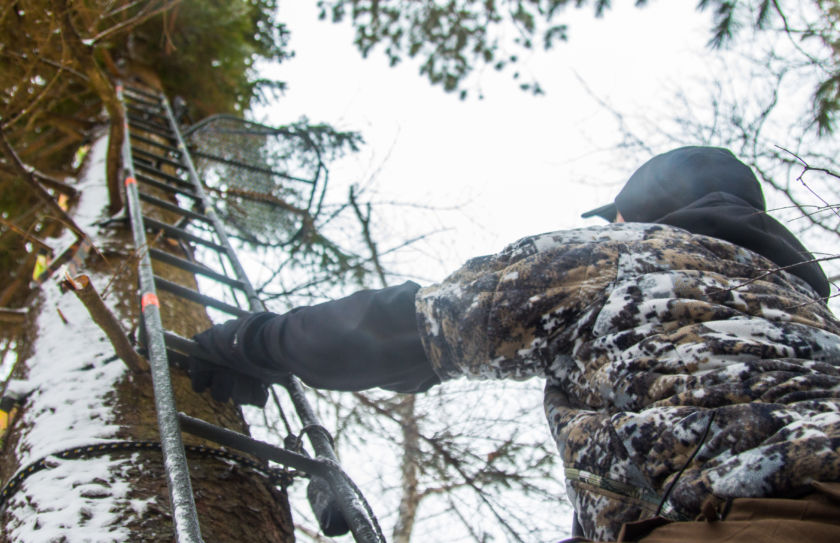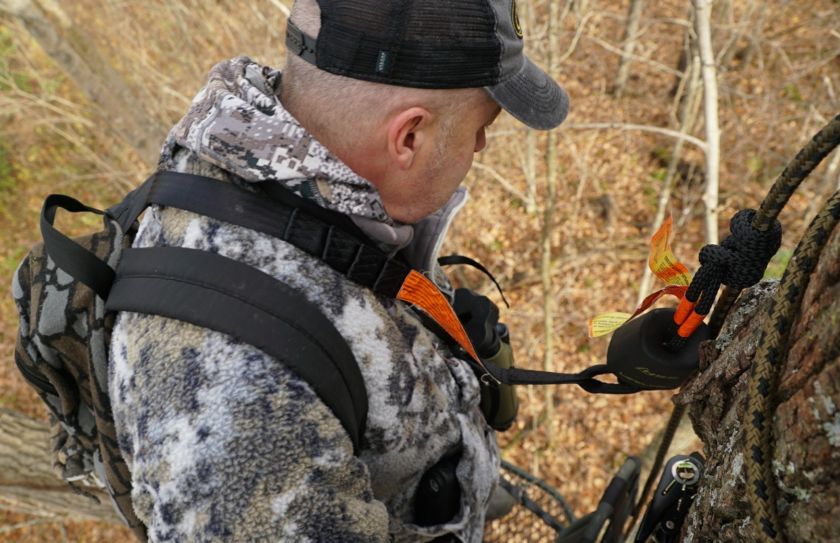How many stand locations do you have set on the land that you hunt? Over the years I have had over 30 treestands on 1 parcel of land, and right now I have 7 stands, on the 30 acres of cover that I am hunting (1 is purely for gun). Do you have enough trees to sit in, that the process of determining a particular stand to hunt seems almost confusing? It's widely accepted that the 1st time a stand is sat in, is the best. Although I do believe that a stand can "heat up" again after a 2-3 week wait, my own hunting statistics would agree that the first time, is the best time, with approximately 80% of my mature bucks harvests taking place the first time a stand is used. With so many stands in the woods and trying to continually hunt fresh and spook-free locations, I will repeat an earlier thought: Choosing your next stand to sit in can be a confusing process!
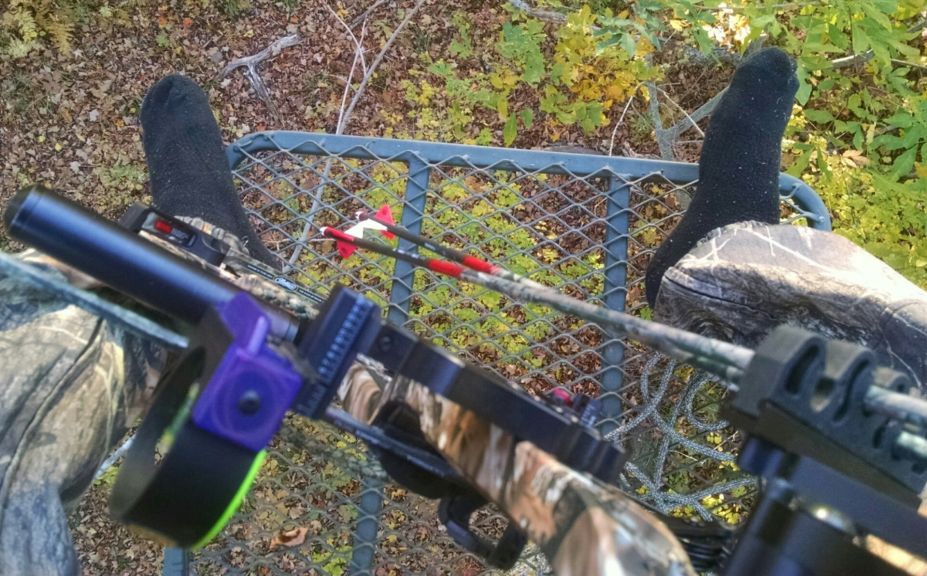
One of the greatest concepts that has helped when practicing my deer stand rotation strategy, is to have a short memory. It pays to take the emotions of harvests in the past, out of the equation. Why does a guy have several stands to choose from on 1 parcel of land? Hopefully because each stand was set with a purpose, in hopes that it someday would provide for a great hunt! And if not-why hang it in the first place? I personally install a treestand with the excitement and anticipation of the hunt, in that spot, after a great amount of thought and consideration has been exausted. It may be that I do not hunt that stand until the following year, or even longer, but each stand has a "perfect" time for a sit, under the given weather conditions, period of the season and time of the day. I love to hunt several fresh stands over the course of an exceptional few days of hunting, so here are some of the details of my spook proof deer stand rotation guide, for keeping it fresh.
Fresh Ideas
There are several ways to keep it fresh, when sneaking in and out of your next stand location! I love to skip around the land that I hunt, while ever preserving a large % of the land that I consider a sanctuary area where my site, scent or sound never enters. My goal is to be able to sample multiple mature buck hot-spots within a highly strategic deer stand rotation practice, while getting to observe the ends or sides of a variety of deer movements.
1. Multiple Access and Departure Routes:
Last year my access routes covered over 2 miles of width, and a mile of length, to access 17 different stand locations over a 2 month period of time. That included 6 various primary access points, most often using separate access corridors for entrance and exits for various sits. Reducing human scent lines, lowering spooking potential relating to bedding and feeding movements and being able to sit in stands that couldn't be used with the same access are all reasons. Another is wind direction, for example, when you can blow your scent into a bedding area after dark but not before dark when deer are in the bedding area. Your access may resemble a giant loop from access to departure, but each leg of the trip will project your site, scent or sound into areas vacated by deer based on the time of day. In that way, a greater distance traveled on the entire property for 1 sit, could actually have a much lower impact on the overall deer herd.
2. Change of Elevation:
For those of you who live in hill country, you are at a great advantage! Why? Because many times mature bucks, and deer in general, live within side to side daily travel movements. In particularly mature bucks though, seem to greatly prefer cruising on similar elevation levels for hundreds of yards at a time during the rut. From bench to bench and over a saddle, to around a point, a mature buck can travel along a similar elevation level for great distances, while only needing to change elevation for various topographical connections of ridge points and steep terrain. By hunting high in the morning in 1 corner of your land and then hunting low in the opposite corner for an evening hunt, you can take advantage of completely different deer movements that also feature completely different access points. You can also maximize your potential sits with a high value morning stand in 1 location, along with another high value evening stand sit in another.
3. Morning Vs Evening Sits:
Corner hunting is often the best option, but hunting each ends of a side can be great too! For example a great 1 day rotation would be to hunt the backside of a bedding area in the SE corner of a 40 acre parcel in the morning, while accessing that stand along your south line, from the West...in, and out. Then, you flip around and take advantage of a sit in the NE corner of the 40 during the evening hours. You can use a completely different access route, as deer are heading away from the bedding area that you sat on the backside of during the morning hours, to a few hundred yards to food sources to the North. The same can be accomplished while hunting the corners of your land as well, but your goal should be to hunt a high value morning stand, and then switch to a high value evening stand so that you can maximize your potential % of success for the entire day. I prefer to hunt that backside of a bedding area, on the opposite side facing away from the preferred evening food source. Although this is a great morning set-up, the closer the hunting hours switch towards dark the greater the liklihood that deer are traveling away from your position. By flipping to an evening stand you can turn an all-day sit that has a low chance of success the closer to evening it is, into a continual high value sit for the entire day, by hunting the opposite ends of a deer movement from both a morning stand, and then an evening stand.
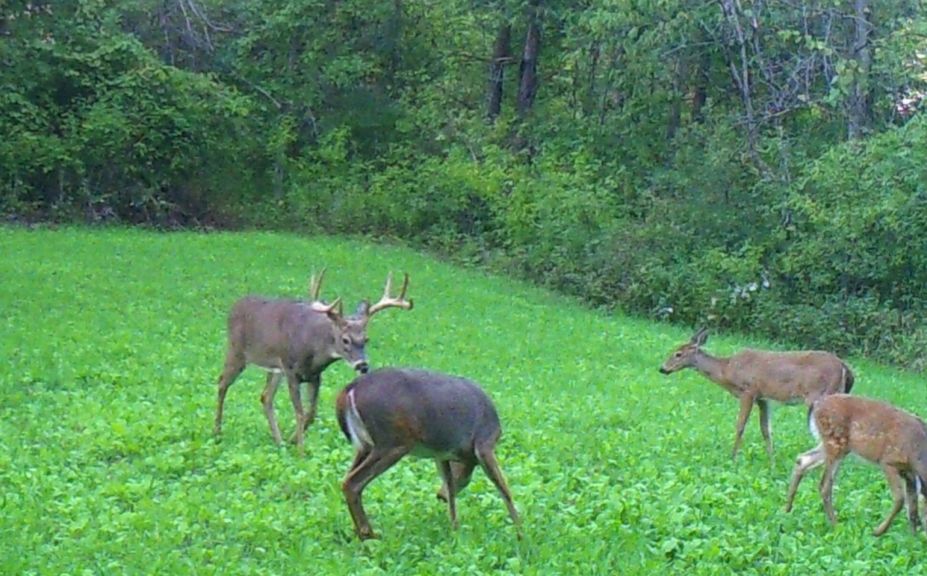
*I rarely hunt over an evening food source, instead preferring to hunt the thick corridors that lead to the food source for an afternoon sit. However when I do, I require a specific set of conditions detailed in, "8 Kill Plot Strategies for Whitetails".
4. Separate Deer Movements:
Great deer hunting set-ups on public or private land, feature a variety of bedding area to evening food source movements. Also, if those bedding areas relate to each other during the day, you can experience some outstanding cruising activity by mature bucks during the rut. Often that means that the entire deer herd is moving towards a limited # of major evening food sources, or major food source area that encompasses several complimentary food sources. What that offers to you as the hunter is the ability to hunt a variety of deer movements, while keeping your pressure on single movements to a minimum. This also allows you to potentially observe multiple mature buck movements as well, for a variety of mature bucks. If you own private land and only movement typically reveals a mature buck that relates to it, then scout and study what the other movements are missing. If you are on public land, look for those areas that feature several movements to potentially take advantage of.
5. Complimentary Stand Locations:
Do you have a great spot that you just can't stay out of? Try a complimentary stand set-up. Almost all of my best locations have 2-3 stands that can take advantage of the same, or mostly the same, deer movements. Each stand would typically be 80-100 yards apart, and each would allow for opposite wind directions, and opposite hunter access points. 1 stand can be hunted on a particular Saturday, and the other hunted the following Wednesday, and I believe that those 2 sits can be considered first time sits. If you have a few areas like this, you can flip the use of those stands each week, and experience several sits on your land per week, while only sitting in the same stand once every 2 weeks or so. You can also greatly minimize the effects of over-pressuring an entire area, let alone the individual complimentary stands that relate to that area. It pays to always keep the deer guessing
6. Woods Roads:
Interior woods roads can be outstanding! A quiet, dirt and extremely open trail in the woods can allow you to move quietly, scent-free, and without being seen. You may wonder what I mean about "not being seen"? Well, typically the best (and only) time to use an interior woods road is under the cover of darkness, especially after an evening hunt. The great thing about the evening hours is that every deer in the woods is heading towards major, evening food sources. If those food sources are defined and attractive, the more that you can depend on the movement for both the deer, and your hunting access. I often think nothing of traveling through a bedding area on a scent-free, quiet woods road, knowing that deer left the area an hour or two ealier to travel to food, and won't be back for several hours more. This is another reason it is such a great idea to never pressure your food sources! Deer that feel completely safe entering their major evening food sources hours before dark, offer you many advantages, including being able to leave your stand to travel through bedding areas on the way out of stand set-up, after dark.
Conclusion
Accessing your stands the same way into a stand, as you would the same way out, can continually help the deer to become educated to your movements. Have you ever pondered who has the ability to pattern whom better-a mature buck, or you? Sure, we as humans carry a much higher level of intelligence than a wiley old buck, but we typically don't have to base our daily decisions through our survival instincts, based on life or death. And what about your neighbor? If your neighbor knows when, and approximately where you are hunting purely by where you park or enter the land, how hard do you think it is for a mature buck to figure out those exact same movements? The process of the hunt can be confusing, but it doesn't have to be! By the time you eliminate stand locations that are poor choices for the given wind direction, stands that have already been used during the previous few days and stands that may be less appropriate for either an evening of morning hunt; you may find that your options have been greatly reduced. When you continually are able to create fresh stand locations while promoting random, unpatternable hunter movements that keep the deer guessing, you are closer to mastering what it takes to consistently harvest mature bucks within a spook proof deer stand rotation strategy!
